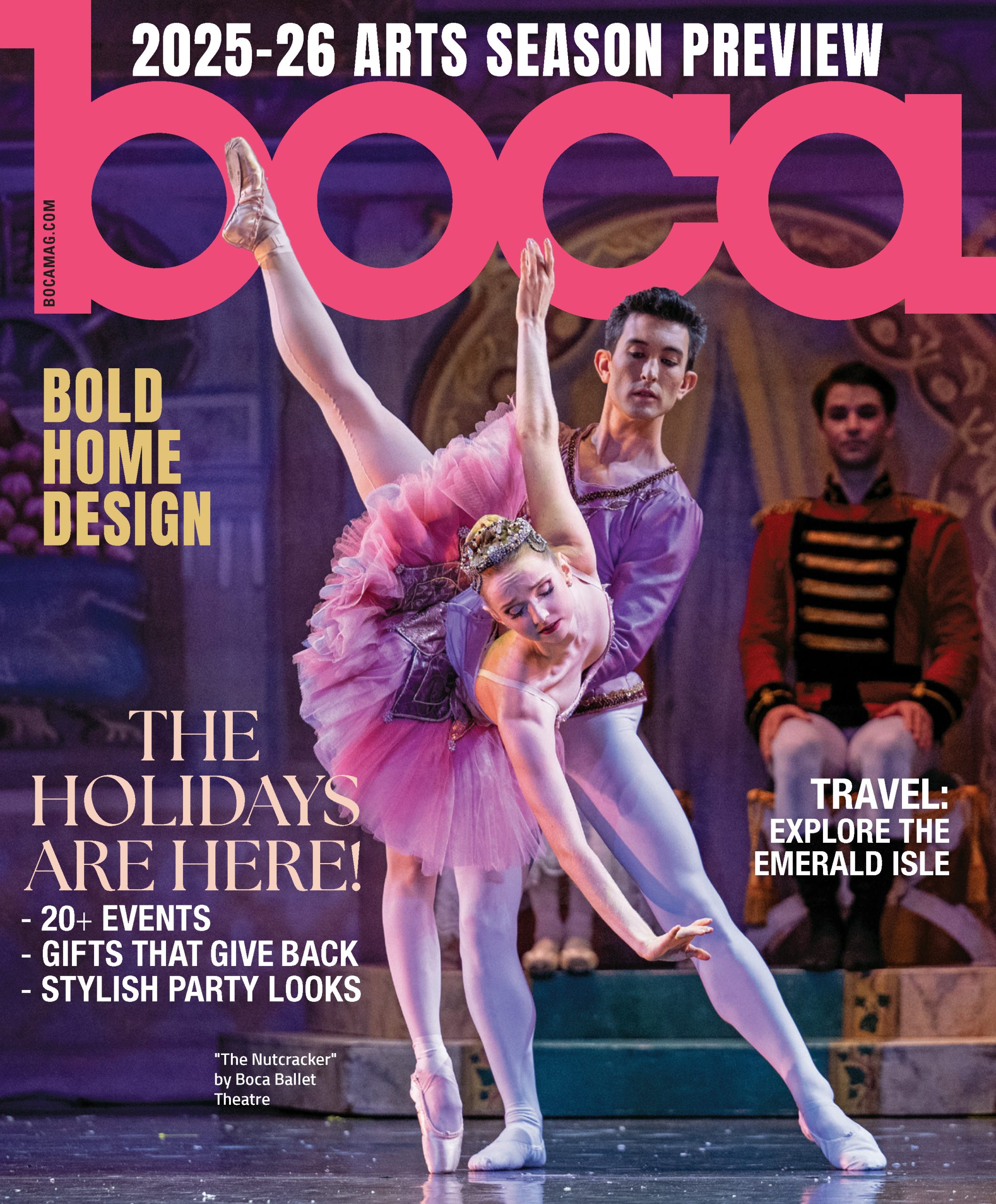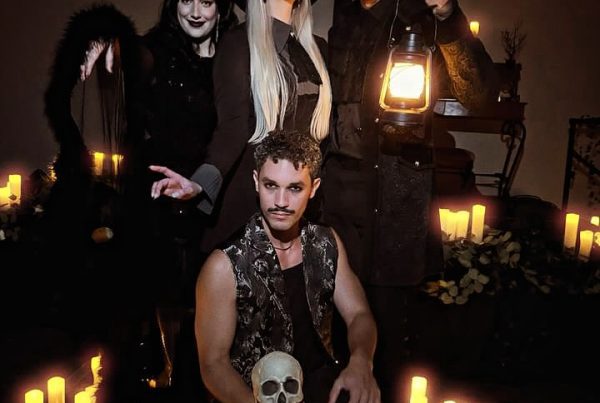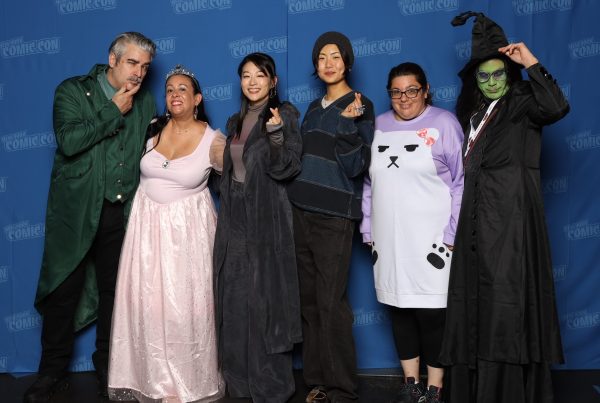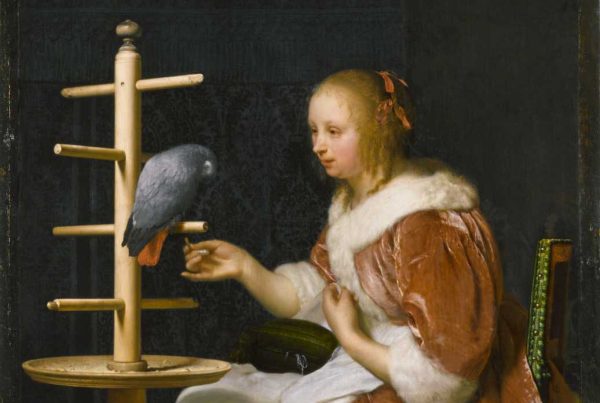One hundred years ago this spring, Marcel Duchamp submitted an actual, unadulterated urinal as a piece of art in a major exhibition. The shockwaves of this provocation have rippled across the decades.
The famed conceptual artist and Dadaist entered the porcelain urinal in the Society of Independent Artists’ first group show at New York’s Grand Central Palace. He was told that all works would be accepted by artists who paid the fee, as Duchamp did, but his toilet, which he called “Fountain,” was rejected by the committee and was apocryphally destroyed shortly thereafter. All that remains of this audacious act is an iconic black-and-white photograph by Alfred Stieglitz in a Dada art journal.

This is the necessary backstory for the NSU Art Museum’s newest exhibition, “Some Aesthetic Decisions,” a bold and loosely coherent collection of works by artists who, like Duchamp, redefine the parameters of “art.” The idea is that when it’s placed in a functional lavatory, a urinal is a urinal; when it’s reappropriated by an artist, it’s art.
This argument remains a tough sell for many audience members, not all of them philistines. How many times have you strolled a modern art gallery and witnessed a patron scoffing at a blank canvas, or a windowpane, or a stack of newspapers that’s been positioned as art? How many times have you been the scoffer?
As a potent defense of the non-art as art, “Some Aesthetic Decisions” prompts us to linger a little longer with these boundary-crossing works—to examine the differences between taste and aesthetics, to question the value judgments we place on one work vis a vis another, and to follow a shift, in a segment of avant-garde artists, away from a visual experience of art and toward a cerebral one.

Some of the selections illustrating these trends are inevitable; others are slyer, more mysterious. From the former, we get Andy Warhol, Pop Art’s ultimate trumpeter of the colorfully banal, in the form of a deadpan Campbell’s Soup serigraph and packing boxes for Brillo, Campbell’s and Heinz. On the supermarket shelves, they’re a product; in a gallery they’re art. But isn’t art a product, too? The continued brilliance of Warhol’s commentary is that it immortalizes commercialism, making no pretentions about the purity and loftiness of the artist’s calling.
Along the same lines, we get Jeff Koons’ childhood-evoking recreations of vinyl carnival prizes and iconic balloon dogs, the latter sculpted in shiny porcelain and mounted under glass, suggesting a precious antiquity. I’ve tended to roll my eyes at Koons’ work in the past, dismissing it as tacky pseudo-art for the masses, but this is the first exhibition that contextualizes it in a way that makes sense—or at least that asserts that tacky pseudo-art for the masses isn’t a bad thing.

Because Duchamp’s “Fountain” was a pioneering example of the “readymade”—a found object, manufactured for another purpose, that an artist parlays into his own vision—“Some Aesthetic Decisions” also showcases works in that tradition. These include the raw functionality of Jorge Pardo’s “Palette”—a stone-faced replica of a handyman tool from the artist’s groundbreaking 1990 “Garage” show, which simulated the environment of a cluttered garage workstation. Julian Schabel’s fine work with readymades is represented here with “Girl With No Eyes,” in which the artist redacted the eyes in a thrift-store portrait of a young girl, adding elements of danger and scandal to the initially benign painting.

My favorite retooled readymade is Richard Phillips’ “Jacko,” which recreates a portrait of Michael Jackson in chintzy gold paint, rendering the King of Pop as the creepy porcelain doll that he basically was. The show even includes an audiovisual readymade: Jimi Hendrix’s epic performance of the “Star-Spangled Banner” at Woodstock 1969. Playful video artist Cory Arcangel ran the performance through Auto-Tune, which “corrected” Hendrix’s “errors.” The resulting performance is a soulless, sludgy drone devoid of personality. Hendrix becomes a robotic slave to the monotony, in an experiment that’s both hilarious and sad.
The most poignant manifestation of the exhibition’s theme is Sophie Calle’s enormous “Blind” series, which consumes an entire gallery wall. The artist asked blind people to share their concepts of beauty, and the exhibition chronicles their varied responses in the forms of excerpted quotations and collected images. These signifiers of beauty include everything from Rodin’s nudes to the color green to Alain Delon to nothing at all. Spanning the personal to the universal, the works prompt the sighted majority to appreciate shapes, textures, smells and nature, establishing that beauty remains a value judgment in the eye of each beholder, even eyes that can’t process visual images.
In the end, “Some Aesthetic Decisions” returns full-circle to Duchamp’s “Fountain.” In its intervening century, this controversial sculpture has lived on through the contributions of other artists, revealing the lasting influence of such an ephemeral moment in art history.

The work is referenced in Richard Pettibone’s “The Blind Man,” a series of six painted recreations of Stieglitz’s photograph of the “Fountain,” obsessively composed with minute differences; in Sherrie Levine’s “Fountain (Buddha),” which brazenly elevates the urinal to the realm of the sacred; in Rachel Lachowitz’s “Lipstick Urinals,” a series of feminism-infused urinals smothered in cherry red lipstick; and in Mike Bidlo’s “Fractured Fountain,” which imagines a backstory for the destroyed fountain, which Bidlo “recovered” and reassembled in bronze.
“Fountain” may have been rejected in 1917, but in 2017 it’s another platform for postmodern reappropriation, embraced in reverence and irony alike. What does it say that a statement once considered confrontational has become another art-world meme? Surely, Duchamp would love it.
“Some Aesthetic Decisions” is art NSU Art Museum, 1 Las Olas Blvd., Fort Lauderdale, through Sept. 3. Museum admission costs $5-$12. Call 954/525-5500 or visit nsuartmuseum.org.







